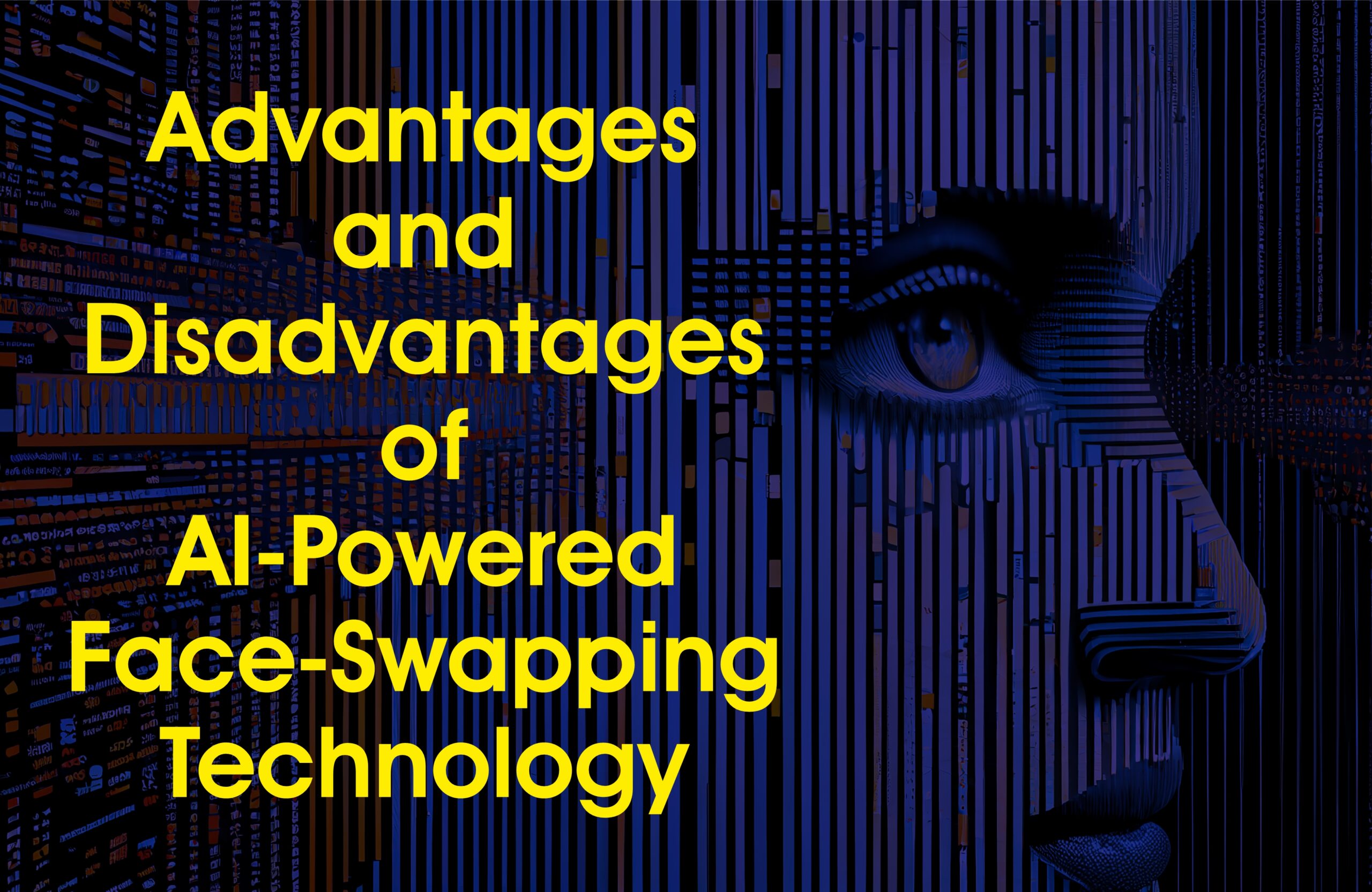Introduction:
The rise of face-swapping technology has ushered in a new era of digital imagery, enabling users to seamlessly interchange faces in images and videos. While this innovation offers numerous advantages in terms of entertainment and creative expression, it also raises significant concerns regarding privacy, security, and ethical considerations. In this article, we will delve into both the benefits and drawbacks of face-swapping technology.
Advantages:
Entertainment and Creative Expression:
Face-swapping technology democratizes creativity, providing users of all skill levels with tools to engage in digital artistry. With user-friendly interfaces, individuals can effortlessly create humorous memes, personalized avatars, and captivating social media content. This accessibility fosters a thriving online community of creators who continually push the boundaries of what's possible with face-swapping technology.
Enhanced Marketing and Brand Engagement:
For businesses and marketers, face-swapping technology presents opportunities to connect with audiences in innovative ways. Brands can develop interactive marketing campaigns, product demonstrations, and virtual try-on experiences that resonate with consumers on a personal level. By humanizing their messaging through face-swapping technology, brands can deepen connections and foster brand loyalty.
Empowerment for Individuals with Disabilities:
Face-swapping technology empowers individuals with disabilities by providing new avenues for self-expression and communication. For those with speech impairments or limited mobility, face-swapping technology can serve as a tool for augmentative and alternative communication (AAC), enabling them to convey emotions, express thoughts, and interact with others more naturally.
Disadvantages:
Manipulation and Deception:
The accessibility of face-swapping technology has made it a potent tool for manipulation and deception. Malicious actors can exploit this technology to create convincing fake videos that spread false information, defame individuals, or incite social unrest. This poses a significant threat to the integrity of digital content and public discourse, undermining trust and authenticity online.
Privacy Concerns:
Face-swapping technology raises privacy concerns as it requires access to facial data, which can be obtained without an individual's consent. There's a risk of misuse, including identity theft, fraud, or the creation of misleading content. Stricter regulations and ethical guidelines are necessary to safeguard individuals' privacy and prevent unauthorized use of personal data.
Psychological Impact:
The proliferation of manipulated content created using face-swapping technology can have a profound psychological impact on individuals who are targeted or affected by it. Victims of manipulation may experience feelings of distress, anxiety, and helplessness as their identities are exploited and misrepresented online. Moreover, the spread of fake content can perpetuate harmful stereotypes and exacerbate social divisions, leading to broader societal consequences.
Conclusion:
Face-swapping technology offers significant benefits in terms of entertainment, creativity, and accessibility. However, it also comes with inherent risks and concerns related to privacy, security, and ethical implications. As the technology evolves, it's essential to address these challenges through research, regulation, and public awareness. By balancing innovation with responsibility, we can harness the potential of face-swapping technology while safeguarding individuals' rights and well-being in the digital age.

